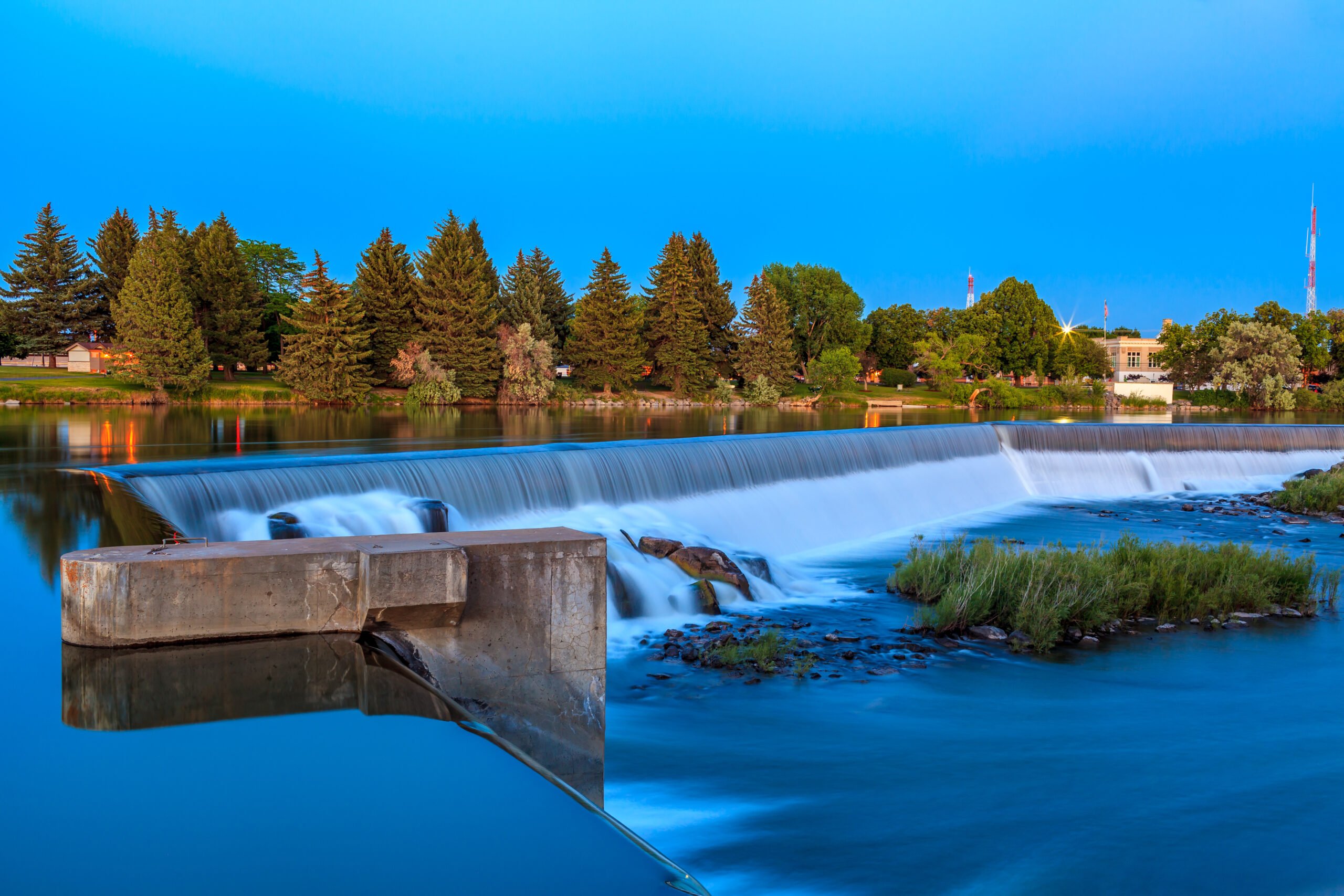Idaho National Laboratory (INL) is seeking a hydropower utility to collaborate on a case study, funded by the U.S. Department of Energy’s Water Power Technologies Office (WPTO), to understand how small hydroelectric plants operating at 10 megawatts or less can be upgraded to provide emergency power to critical loads (e.g., hospitals and emergency service providers) during outages.
INL’s Hydro Hybrids team developed guidelines for modifying run-of-river power plants, which typically rely on power from the grid when the facility is starting up or otherwise not already generating electricity. The study would determine the necessary upgrades for a plant to restart and maintain emergency services in a blackout without any external power from the grid (referred to as “black start”).
There is no cost-share commitment, but INL would require the utility to provide plant specifications and data. INL staff will protect the data during the project, and anonymized data will be published in the case study to inform other hydropower owners.

This effort builds on the successes of previous field demonstrations. In 2021, INL partnered with Idaho Falls Power, a municipally owned utility, to demonstrate how its five hydropower plants could be configured and modified to improve frequency response and maintain stability with larger loads during black start when paired with an ultracapacitor.
The 2021 demonstration with Idaho Falls Power proved that small hydropower plants combined with integrated energy storage technologies could be responsive enough to replace natural gas during a black start in some cases. Ultracapacitors, which store and quickly discharge large amounts of energy, provided oscillation damping and fast frequency response to the generating plants. To isolate the city’s plants and test them in various configurations, two 4-megawatt load banks were brought in. A load bank is a unit filled with resistive heater elements — frequently likened to a giant toaster oven — that draws the current and dissipates it in the form of heat. Researchers use load banks to test how an electric generation source will react when disconnected from its normal load.
INL also collaborated in 2023 with Fall River Rural Electric Cooperative to show how retrofitted and upgraded plant components and systems (hydro-governor controls and protection circuits) could allow the co-op’s hydropower plants to run independently from the grid to provide emergency power to critical loads.
“The current call for collaborators is not intended to seek field test participants, but to gather specific data needed to design a minimal upgrade package that facilitates black starting small hydropower plants,” said Yemi Ojo, a clean energy postdoctoral research associate for INL.
To show your interest, please email Yemi Ojo ([email protected]).





